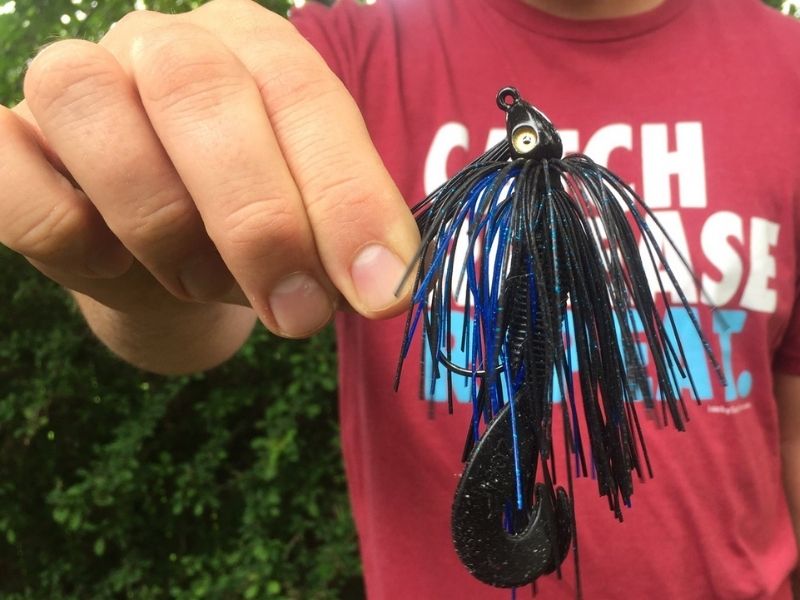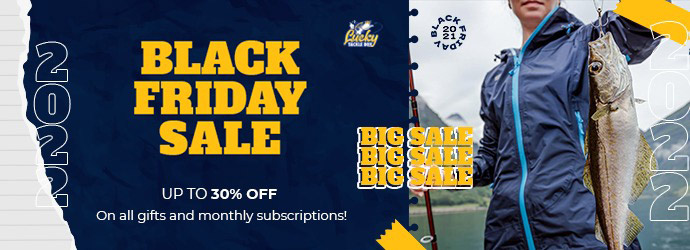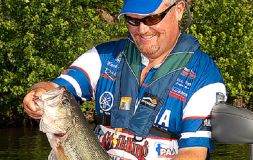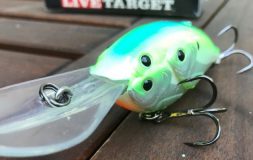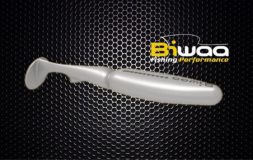How to fish a swim jig for bass
Written by Andrew Schadegg
One of the most underrated techniques in bass fishing today is the swim jig. It is an incredibly effective technique that many anglers use far too rarely or for some, never at all. If you like to throw a spinnerbait, swimbait or bladed jig, the swim jig is something you need to add to your arsenal of on-the-water weapons.
So let’s dissect the basics of swim jig fishing so that you can be equipped to get out on the water and start catching fish on this awesome technique right away.
Which Size Swim Jig Should You Use?
The thing that separates the top anglers from the newbies is the amount of attention that is paid to little details. One of those details that is vitally important is the weight of your lures. Swim jigs typically come in sizes ranging from 1/4 – 1 ounce and a little hint, they are not all created equal.
So when do you use a smaller jig versus a larger version? It’s all about the depth and the type of cover you’re fishing, as well as the mood of the fish. If you’re fishing shallow, a 1/4 – 3/8 oz might be appropriate. It sinks a little slower, so you can keep the bait in the upper part of the water column. However, there are times when fishing a slightly heavier jig, with a big trailer is killer in the shallows. Especially if you want to really burn the bait quickly while power fishing down a bank. Then you might opt for a 1/2 oz that sinks a little more quickly.
Experiment with different weights and trailer sizes. If you want to get really deep and slow roll on the bottom like you would a heavier swimbait, a 3/4 – 1 ounce swim jig (though not as popular) can be very effective, especially for deep summer bass on humps, points and ledges.
What About Swim Jig Trailers?
Trailers are really important, but there is not a lot of consensus from anglers on the best trailer to use. Double tailed craw-style trailers are very popular, something like a Zoom Ultra Vibe Speed Craw. Personally, a big old 4-inch or bigger paddle tail, like a Strike King Rage Swimmer or Keitech is my top choice.
The biggest factor in choosing your trailer is profile. What kind of profile are you trying to create? Many times, a big, bulky profile with a lot of tail thump, moving quickly through the water, is deadly effective. That’s not to say there isn’t a time and place for the smaller, more finesse approach as well. Let the fish dictate what they want.
How Do I Fish a Swim Jig?
Your presentation is really important when you’re out tossing this bait around. A straight, consistent retrieve works, but it is definitely not the most effective. You want to impart some action, get the bait around key pieces of cover and run it back as tight to those places as you can. Point your rod tip up at a 10 o’clock position and pulse the bait through the water while retrieving it quickly with a high-speed reel. This is the presentation that the really top swim jig anglers use 90% of the time.
They’re not skimping on the gear either. Use 17-25 pound fluorocarbon or mono. Some guys will even use heavy braid. Make sure that your rod is heavy enough to handle the line. Something in a 7’0 – 7’3 medium-heavy with a fast tip is my preference. A castable rod, that you can have a lot of control, to put it in those hard-to-reach places.
When Do I Fish a Swim Jig?
This technique is truly a year-round fish producer. In the winter, I might opt for an underspin as opposed to a skirted jig and work it much more slowly along the bottom, but the concept is the same. From spring through the fall, make sure you have one tied on. Any place that you would throw a spinnerbait or a bladed jig, you can throw a swim jig.
In fact, many anglers use them as a 1-2 punch. When the wind is calm and the water is slick, they’ll work the less intrusive swim jig over grass flats or around weeds or docks. When the wind picks up, they pick up the bladed jig or spinnerbait, to give off more vibration that tends not to spook fish when there is a little more chop on the water.
If you haven’t already, the swim jig is a must for your bass fishing arsenal. Play around with different styles and jig trailers to find what works best for your body of water and then hold on, cause you’ll be smacking giants in no time.


